Experimental Shorts From Singapore
Engagements With Landscape
Curated by Jeremy Sharma.
The selection of works revolves around the notion of an imagined landscape – where making a video or short film becomes a landscape of enquiry whether through medium, body, site, history, reference and temporality. The camera here serves as an acknowledged machinic accomplice as opposed to a passive apparatus to plot or narrative. Here landscapes not only become new digitizations of visions, gestures, objects and images, but are also a record of reflexes from the artist. This selection features works from the LASALLE College of the Arts community featuring staff and alumni taken from ‘Wayang Malam’, an annual outdoor screening event of experimental films and video held at one of the college campuses organised by the McNally School of Fine Arts. They are made by artists whose main medium may not be video or film but work in the fields of media, installation, painting and sculpture. Most of the artists are based in Singapore, and some are Malaysian having studied or worked in Singapore.
- Total Run Time: 44 minutes
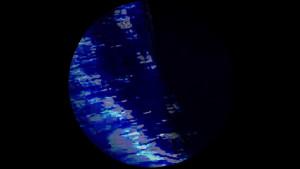
Blue Moon (2014-2016)
Adeline Kueh
5:00 min
Blue Moon is an abstracted version of a found footage of (Chinese) dancing girls at a KTV lounge in now demolished Eminent Plaza, Singapore. In a luau costume dancing to Shakira’s Hips Don’t Lie, this was one of the many videos within a IBM Notebook left behind in Club de Bosses KTV, where the performances & ‘numbered girls’ serve as promotional material of the types of performances the club had alongside the hostesses at the club. To me, this image is part of the larger context of how different people try to make meaning & connection in liminal spaces within our urban society. The smiling faces & gestures of the women belie a sense of loneliness (& desperation almost) that operates at the level of monetized, ‘fun’ activities. The unequal hierarchies of labour involved within the KTV spaces also underscore the semi-secrecy of the (sex) activities/industry within our pragmatic society.
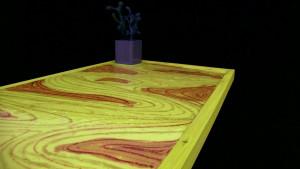
Broken Tools – If We’re Going To Die, We’ll All Die Together (2013)
Joo Choon Lin
3:00 min
The video shows a plywood table that appears solid, but seconds later, tools are thrown into it and they slowly submerge into the plywood surface, which is now recognized as a mushy surface. The tools are a hand saw, screws, a screwdriver and a measuring tape. Once disposed into mushy surface, the presence and functionality of these tools are dislocated, akin to a body disappearing into quicksand. The viewer is prompted to think about salvaging them; it is at the verge of losing these objects that their presence and value seem the most visible.
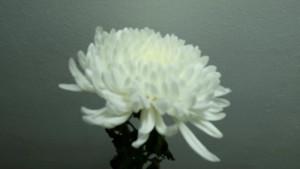
Flower And Hisses (2017)
Eugene Tan
3:12 min
Flower and hisses is a musing on death, identity, and loss. It is a video that combines a generative new media work from 2016, titled Recompose, with excerpts from a baptism video of a man on his deathbed. Recompose is a custom computer program that deconstructs digital images of popularised flowers for condolence, suggesting reflections on memory, impermanence and decay. Spliced with recorded moments from a deathbed conversion, Flower and hisses explores the imagery of fleeting memories and identity.
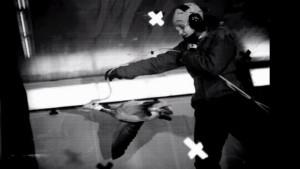
Prelude (2016)
Christabel Ngoi
5:23 min
Prelude serves as an introduction to my research and travel to Tibet. It starts and ends with the use of virtual ground, placing the spectator suspended, as though gliding through with the perspective of a safe “surveillance for a distanced, superior spectator”. There’s a sense of power play between the tourist’s gaze, the mobile, disembodied gaze in photography and machines, meeting with the close surveillance imposed on locals, media, and tourists by China’s governance over Tibetan Autonomous Region. The video briefly flashes out narratives with selected footages and text. The timeline intertwines different trajectories, escaping into an open interpretation, an alternative imagination and anticipation of the place.
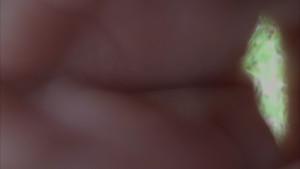
Spilling Body (2017)
Rachel Tan
3:54 min
This video work is part of a larger sequence of work, “Strange Proximities and Tender Endurances”. This body of work explores bodies-in-movement as a manner of inquiring, knowing and procuring space, especially through the notion of a still or slowed-down dance. This video in particular captures the manner in which the interiority of the moving body responds somatically to forces of support, gravity, the kinetic and the still in its surrounding built environment. The camera is integrated into the movement in some scenes by securing the device to different nooks of the body while it is in motion. The resulting footage becomes a beguiling, abstract dialogue between the interior and exterior registers of the body. In most footage, body parts often obscure the camera’s lens, forming a kind of human aperture as the device traverses across the skin. The play of light on muscle, flesh and clothing renders the body an unfamiliar configuration of itself.

The Boy Who Walked Backwards (2016)
Moses Tan
7:58 min
The Boy Who Walked Backwards is a video based on melancholia and poetic resistance. Using an analogy, the work is framed like an interview of a participant from a fictional community of people who naturally walk backwards. Looking at ideas of shame, desynchronisation of time, space and movement, questions are asked but answers are articulated in slow moving images.
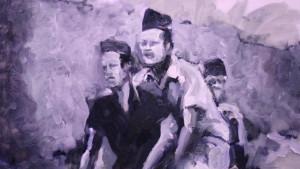
Three Men On A Bicycle (2013)
Hilmi Johandi
0:28 min
Hilmi Johandi uses filmic language to develop methods of constructing temporal and physical spaces into non-linear narratives in his paintings and videos. The looped stop-motion videos animate the artist’s hand-drawn paintings of the familiar as these works expand the artist’s interest in the films of 1950s and 1960s and their depiction of the pre- and post-independence of Singapore. He composes and synthesizes images from these films, archival footage and photographs into a fragmented montage that hints at the social effects of rapid development, and the personal desires and despairs of those who attempt to embrace modernization.
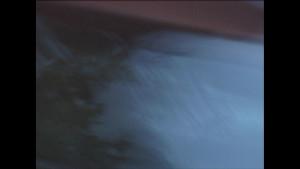
Untitled IV (2014)
Terry Ong
6:39 min
As with the free-association of dream logic, images of the everyday turned libidinal serves as an active canvas that flows together with Apichatpong Weerasethakul’s narration of foreign agencies. The filmmaker is a mere conduit; a static flaneur opening himself to the moving exterior. Both are affected by a strong sense of premonition and an acceptance that even that which is most personal to us is triggered by events beyond individual agency.
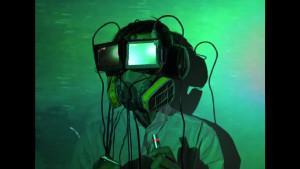
Life Circuit – Headshot 2.0 (2016)
Urich Lau
2:30 min
Life Circuit 2.0: Headshot is a video “talking head” for the series of work made since 2009 with modified wearable headgears constructed into video and audio gadgets for live-feed manipulation and interaction. Altering human functionality and interactivity, the artist forms a ‘circuit’ between the audiences, medium, moving images, sounds, and spaces, replacing human senses in perception and expressions. In the video, statements of the Vision, Mission and Core values are appropriated from the (Singapore) National Arts Council’s website and interspersed in the video to hyperbolise on the awareness and persistence in the aspirations and directions of the nation’s ambitions in the arts, or the lack thereof.
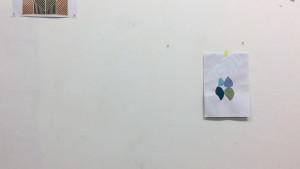
Why Is Aristotle’s Brain In The Shape Of A Triangle? (2017)
Ian Woo
4:41 min
A drawing of a diagram is pinned on the wall of a room. The diagram has four leaf-like patterns enveloped together. It situates itself as a link to a set of objects and activities in the city. These networks of events connect by way of the psychic drone of a meditative organ solo. This short video suggests a body that is dissected by light, sound, shape and colour. Enquiring a sense of ‘consciousness’ evolving through time and space.
Curator:
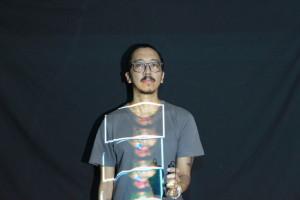
JEREMY SHARMA (b 1977 Singapore) works across all media and investigates various modes of enquiry and object making in the information age, addressing our present relationship to modernity, reality and interconnectivity in the everyday. His current practice explores the production of time and place and the conditions of this production. He also teaches with the McNally School of Fine Arts at the LASALLE College of the Arts.
